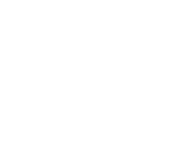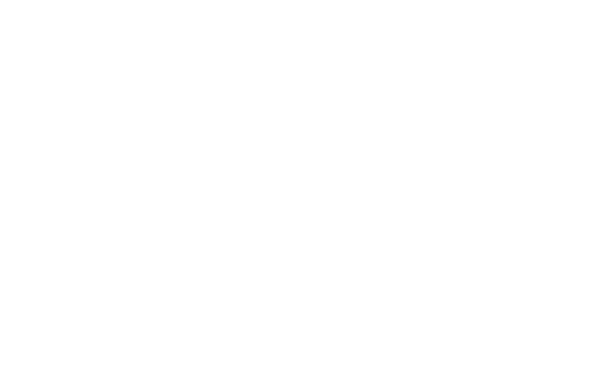 |
 |
 |

|
Figure 1. Robert Pierini. Flacon fleur, 1994
|
|
 |
CONTEMPORARY FRENCH STUDIO GLASS: part 4
From the 1990’s to 2014
The tradition of making utility and decorative objects is kept alive by a new generation of artists, who were trained at glass studios, many of which still are located in Biot. They produce high quality utility glass, vases and flacons in their own glass studios, which are showing the artist’s translation of the theme with differences in inlays, additions and decorative techniques.
|

|
Posted 15 September 2014
|
Share this:
|
|
Robert Pierini (°1950) worked from 1968 with glass under the direction of Eloi Monod at the “Verrerie de Biot ». In 1980, he started his own glass studio in an old mill, “La Verrerie du Moulin”, in Biot, where he continued his research of perfecting the technique of glass blowing. He studied the “Golden Section” to obtain a perfect proportion and harmony of his forms. Also, he experimented with colors, like blue, violet, yellow, and particularly different shades of red and transparencies to obtain a perfect object. He also applied metallic bubbles to interfere with the homogeneity of the glass (Figure 1).
|
|
|
|
|
|
|

Figure 3. Antoine Pierini.
|
|
|
|
|
|
|
Olivier Mallemouche (°1964) learned the technique of glass blowing in his uncle’s studio in Limeuil. He has his own studio in Bretenoux, located in the Midi-Pyrénées in the South of France. He uses different techniques, forms, materials and colors to decorate his vases and perfume bottles (Figure 4, Figure 5). In addition to his utility work, he also makes sculptural work based on an anthropomorphic ethnic theme (Figure 6).
|
|
|
|
The glass scene of France is blooming and a selection of the artist were discussed in this article. Next to those graduating from the CERFAV and craftsmen formed in the glass studios, artists of other disciplines are discovering the material glass to make their work. The interaction among all these participants makes contemporary French studio glass an interesting item for experts and broad public.
|
|
|
|
|
|
|